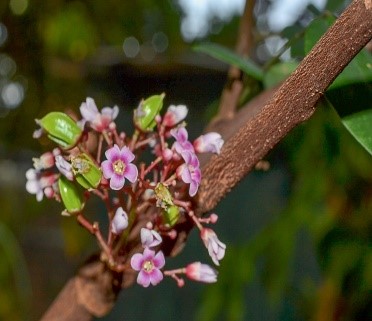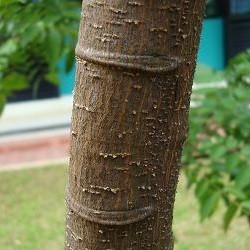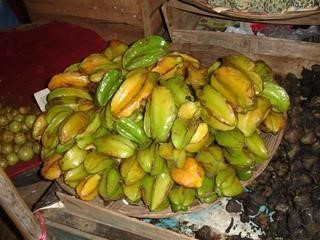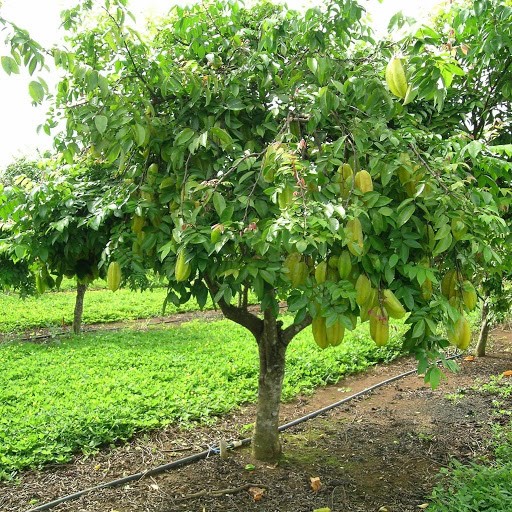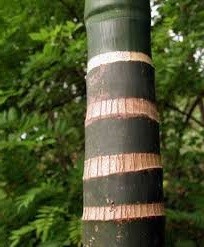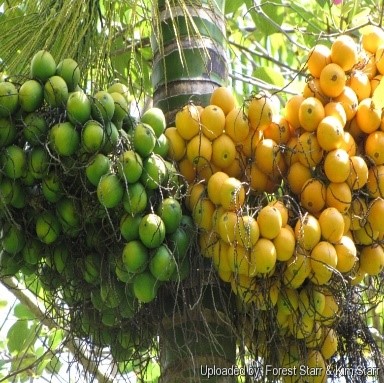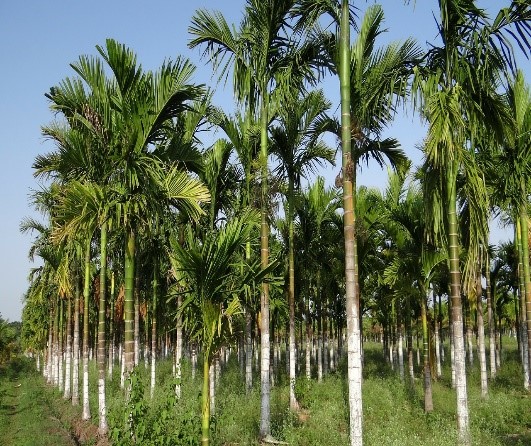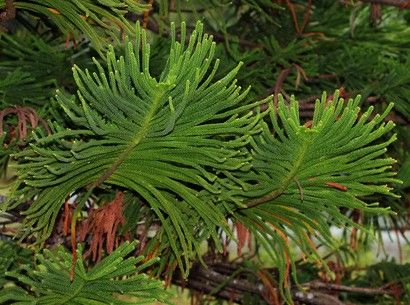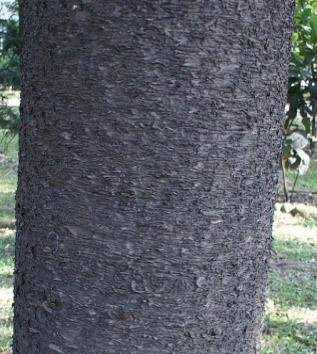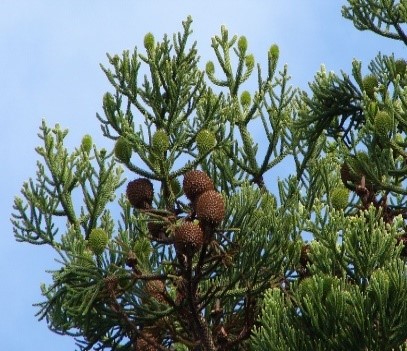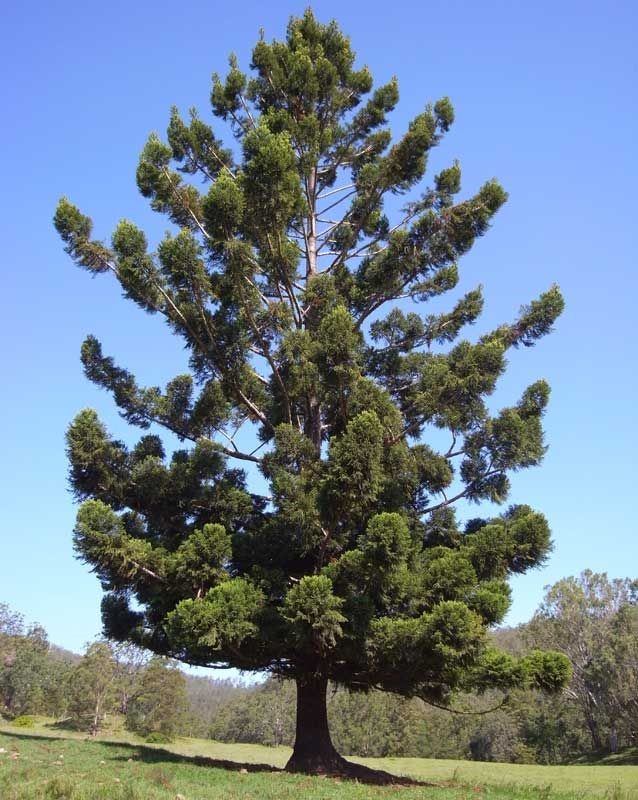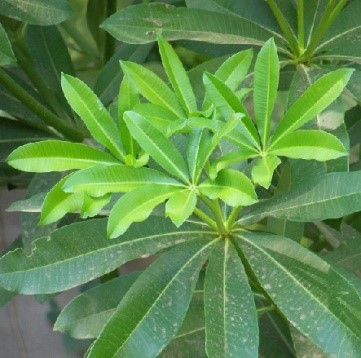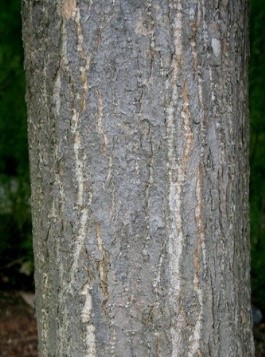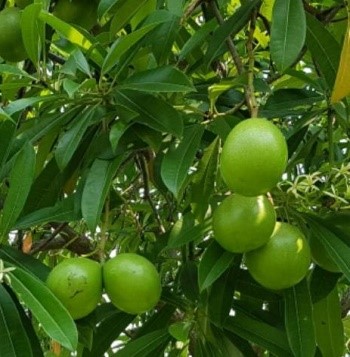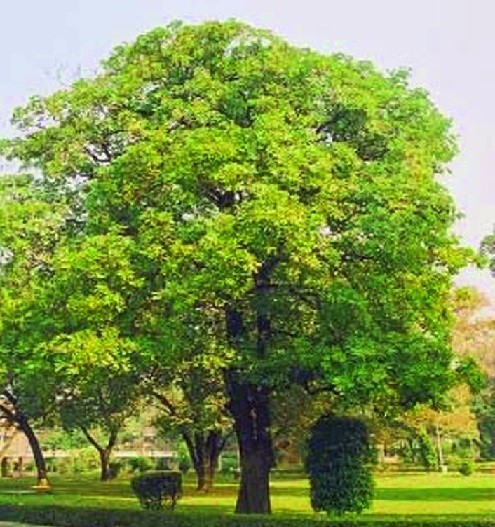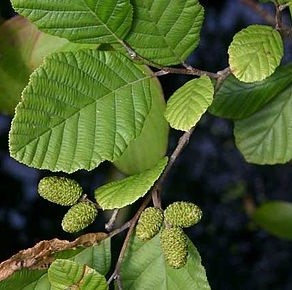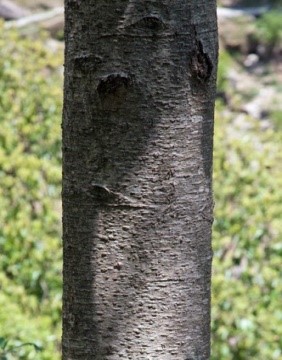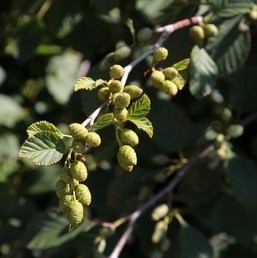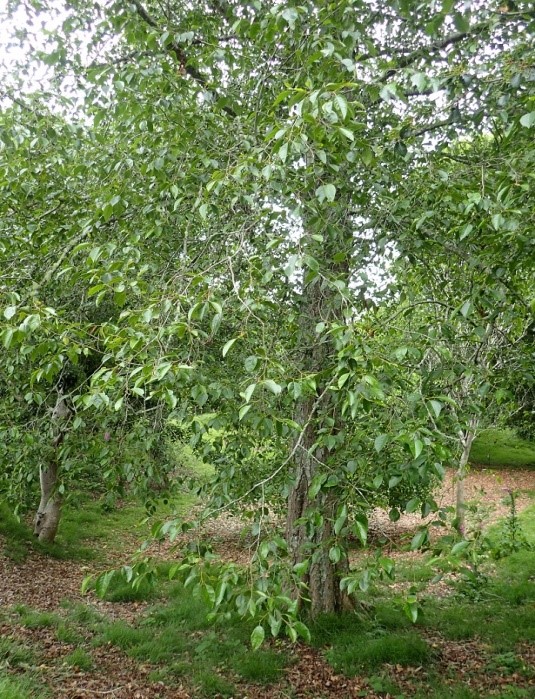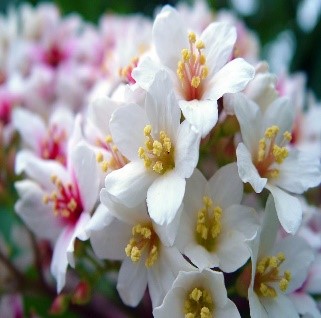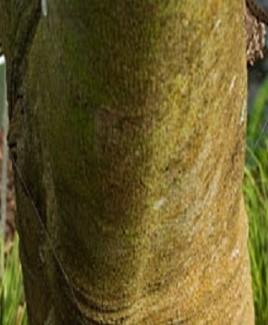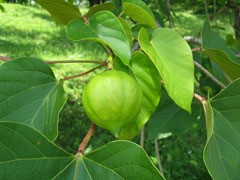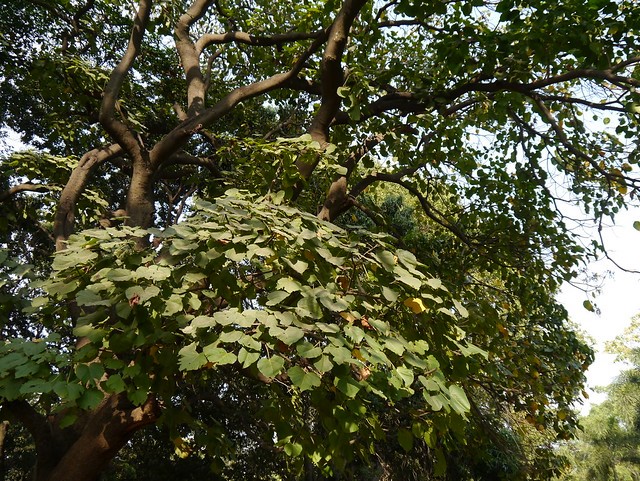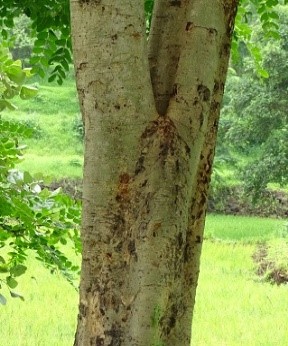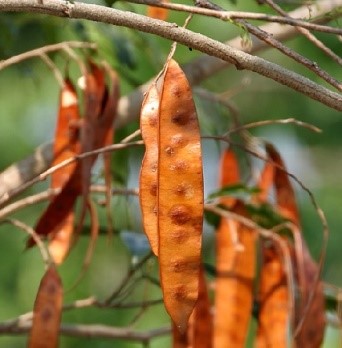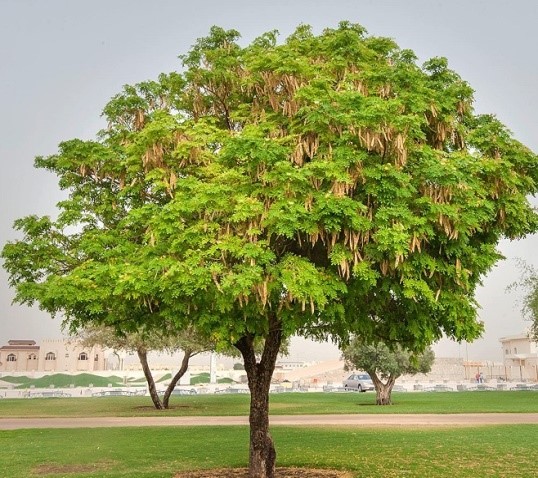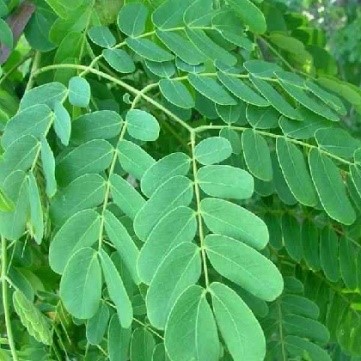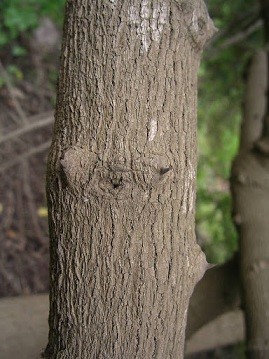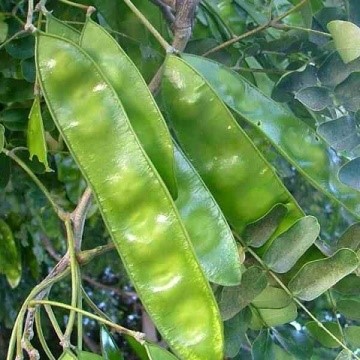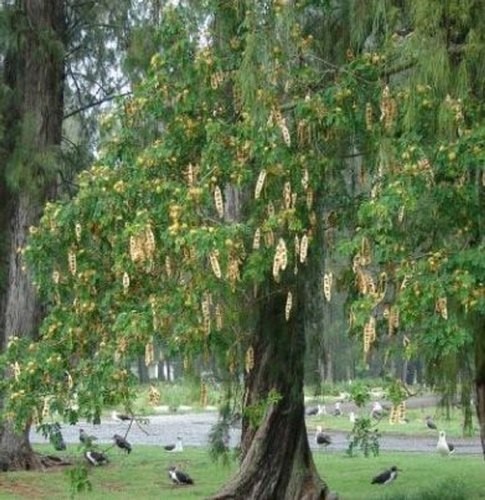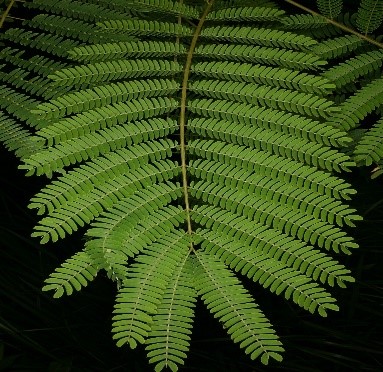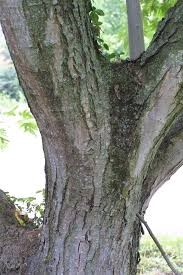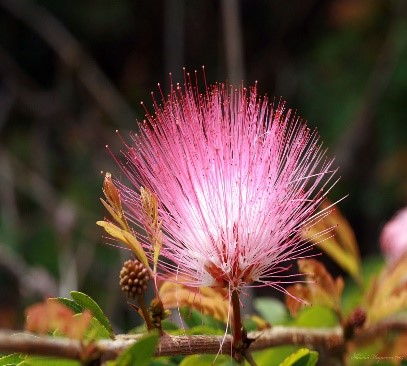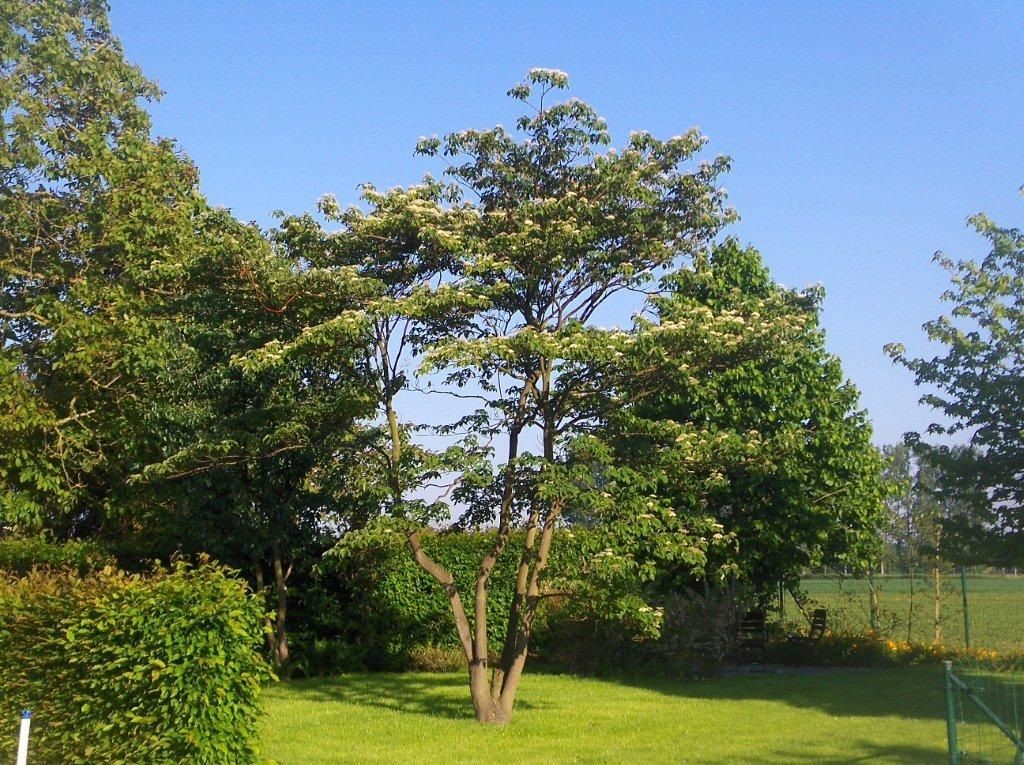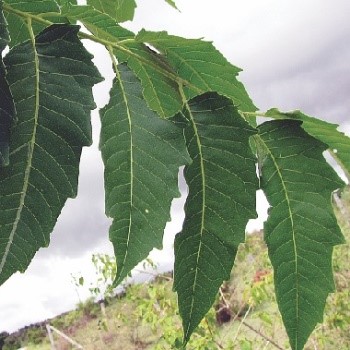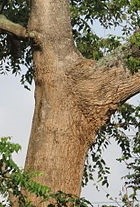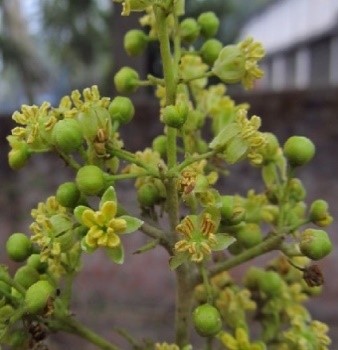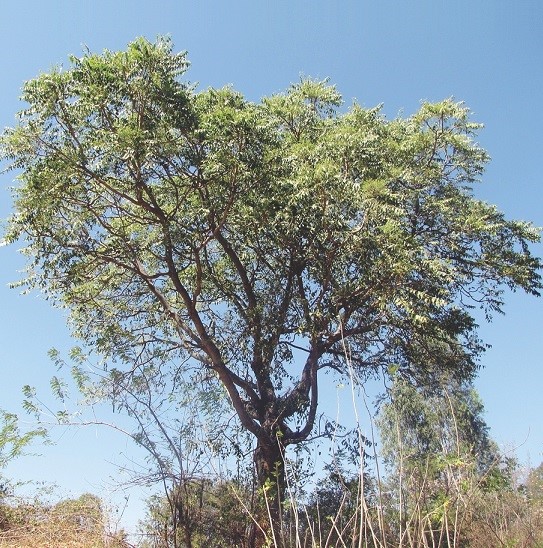Trees of Pakistan
Averrhoa carambola L.
Family Name: Oxalidaceae
Local Name : Kamrakh
English Name : Star fruit
Description : This plant is an evergreen small sized but rapidly growing tree; it grows up to the height of 3.5 to 10 m. The tree has many branches. The leaves are pinnate and have a single terminal leaflet and 5 to 12 virtually opposite leaflets. Single leaf is about 12 to 20cm long, and leaflets are 3 to 9 cm long. Leaflets are ovate - oblong in shape. At the end of the branches or sometimes on the stem flowers are present and they are arranged in small clusters. Single flower has 5 petals and about 6 mm wide. The fruits have an oblong shaped; they are 8 to 16 com long and around 10 cm wide. The fruit has a waxy thin structure and is yellowish orange in color. Every fruit may have around 10 to 12 seeds which are 5 to 12 cm long and are brown and thin. In come cultivated trees the fruit have
Areca catechu L.
Family Name: Arecaceae
Local Name : Sopari
English Name : Betal Nut Palm
Description : This Plant is a palm tree which is small to medium in size. It grows straight up to the height of about 18 to 22 m. The diameter of the trunk is about 8 to 15 cm. The leaves of the tree are pinnate and are 1 to 3 cm long. The leaves are 1.5 to 2 m long and have several crowned leaflets. The branched flower emerges from stem and is about 0.5 to 1.5 m long. The flowers are small and arranged in clusters of two staminate flowers. The fruit is orange to red in colour and is about 4 to 6 cm long and 3 to 5 cm broad. Fruit has a single spherical seed.
Araucaria cunninghamii Hawaii
Family Name: Araucariaceae
Local Name : Araucaria
English Name : Hoop Pine/Moreton Bay Pine
Description : This plant is an ornamental evergreen large tree which grows up to the height of about 40 to 50 m. The tree has a shape of conical crown and with the passage of time it becomes rounded and irregular. The branches of the tree are spread broadly in rings about 0.7 m. The Bark is dark greyish brown, with horizontal lines. The leaves are awl shaped in young trees, and are 0.7 to 2 cm long, about 1.5 to 2.5 mm broad. In mature tree the leaves become incurved and scale-like, 1 to 2.5 cm long and about 4 mm wide. The tree has ovoid cones which are 9 to 12 cm long and 5 to 8 cm in diameter. They disintegrate when they become mature and releases nut like edible seeds.
Alstonia scholaris R. Br.
Family Name: Apocynaceae
Local Name : Shaitan Darakht, Chattian
English Name : Dita Bark, Devil Tree
Description : A large evergreen tree. The branches are arranged in whorls along a buttressed trunk. Leaves are simple and arranged in whorls of 4 to 7. Each egg-shaped leaf is between 10 to 17 cm long and 4 to 7 cm wide. The leaves are leathery, shiny on top and a dull green underneath. The bark is grey and has vertical lines and is fairly smooth. The bark when wounded exudes a milky fluid. The flowers are green to white, borne in bunches and are small. It flowers in December to March. The fruit is a long tube usually occurring in pairs. The fruit matures between May and August. It has no known insects or disease problems. It is reproduced from seed. Seeds are 6 mm long and have a fringe of hairs at each end. Seed would be available from the Punjab Farm Research Institute, (PFRI) Gujranwala,
Alnus nitida (Spach.) Endl.
Family Name: Betulaceae
Local Name : Sharol
English Name : Alder
Description : A large, deciduous tree 24 to 30 m tall, with stem diameters of 0.6 to 100 cm. Leaves are simple, 5 to 20 cm long and 2.5 to 12.5 cm wide. The bark is dark brown, rough and with deep furrows. It is monoecious. The male flowers (cones or catkins) are 12.5 to 25 cm long. The female cones are 5mm long. It flowers in August to October. The fruit is a cone or a nut. At maturity it is between 2.5 and 6 mm in length. The fruit matures between October and December. It can be reproduced both from seed and by vegetative means. It is easily coppiced. Fast growing tree that can reach heights of 24 to 30 m and diameters of 50 to 60 cm. pinkish white to reddish white sap wood with straight, fine textured and even grains, having Specific gravity of 0.43.
Aleurites fordii Hemsl.
Family Name: Euphorbiaceae
Local Name : Japani Tung
English Name : Japanese Tung
Description : This plant is medium sized deciduous tree with a spreading crown that grows up to the height of about 20 m. This plant is commonly known as tung tree. The bark of the tree is thin and smooth. When the bark is cut it bleeds latex. The leaves are simple, alternate, heart shaped, green in colour from both sides, about 4 to 25 cm long and 3 to 20 cm wide. At the base of the leaf red conspicuous glands are present. Petiole is 5 to 25 cm long. The Flowers have five yellowish pink to purple petals and are 2 to 4 cm in diameter. The fruit is green when young and becomes brown when it ripens. The fruit is a pear-shaped berry, hard and is 3 to 6 cm ling and 2.5 to 5 cm broad. The fruit is green when young and becomes dull brown when it ripens in autumn season. it contains 4 to 5 seeds.&nbs
Albizia procera (Roxb.) Benth
Family Name: Leguminosae
Local Name : Sufed Sirin
English Name : White Siris
Description : A fast growing, deciduous tree 12 to 30 m tall. Diameters to 1 m have been recorded this crown is open, and umbrella-like. Foliage is feathery-like and the leaves are compound, Leaflets are small, 3 cm long. The bark is smooth, light yellowish or greenish grey. It peels in flakes which are red on the undersides. The fragrant flowers are yellow or greenish-yellow and occur in loose clusters, appearing between June and August. The pods are narrow flat and about 15 cm long. They are dark red brown when ripe. The pods mature in September. It can be reproduced both from seed and by vegetative means. Seed can be obtained from Bhagat reservoir plantation Changa Manga irrigated plantation and Jallo Park near Lahore. It is relatively fast growing. Yields of 10 m3/ha/yr, depending on the
Albizia lebbek (L.) Benth
Family Name: Leguminosae
Local Name : Kala Sirin
English Name : Black Siris
Description : A fast growing deciduous tree 12 to 30 m tall. Diameters to 1 m are not uncommon. The crown is open flat, and umbrella-like. Foliage is feathery-like and the leaves are compound. Leaflets are small 3cm long. The bark is dark grey, rough and irregularly cracked. The fragrant flowers are yellow or greenish white, in dense clusters, appearing between April and May. The pods are broad, flat and about 25cm long. They are yellowish brown when ripe. The pods mature between June to September. Several fungus diseases attack the leaves and pods of this tree. Indarbela quadrinotata, a bark beetle, is a serious threat to plantations and roadside plantings. Grazing can be a problem with this tree. Seedlings are susceptible to frost damage. It can be reproduced both from seed and by vegetative
Albizia julibrissin Durazz
Family Name: Fabaceae
Local Name : Gulabi-Siris
English Name : Persian Silk Tree
Description : This plant is a medium sized tree with spreading crown that grows up to the height 5 to 10 m tall. The bark of the tree is generally thin and smooth with the areas shaped like lens along the stem, and it is light brown in color. Leaves of the tree are large, bipinnately compound and up to 45 to 50 cm long, with 10 to 40 pairs of leaflets. Leaflets are alternate along the stem and are oblong and large. Each leaflet is 5 to 12 mm long and 7 to 11 cm wide. Leaves fold themselves at the time of night. Flowers are arranged in panicles at the end of the branches and are fragrant pink in color with white base, showy and about 3 to 4 cm long, flowers look like pompoms. The fruit is a brown pod and is 10 to 2m long and 2 to 3 cm wide, fruit has several small seeds.
Ailanthus excelsa Roxb
Family Name: Simarubaceae
Local Name : Maharukh
English Name : Heaven tree
Description : A large, deciduous, fast-growing tree. It reaches heights of 18 to 24 m with diameters of 0.9 to 1.37 m. The leaves are compound, and long, approximately 30 to 90 cm. The bark is rough and greyish brown in color. The white tinged flowers are borne in large panicles. The fruit is a papery, winged samara 3 to 5 cm wide. Each samara containing one or two seeds. Flowers occurs in February and May, while fruit matures between April and June. It is moderately disease and insect free, subject to defoliation by caterpillars and attack by white ants (termites). Stem breakage by strong winds is not uncommon. It is reproduced from seed, cuttings and root suckers. Seed cannot be removed from the samara without some damage. Fairly even to coarse textured, straight grained. Soft, non-durable h
